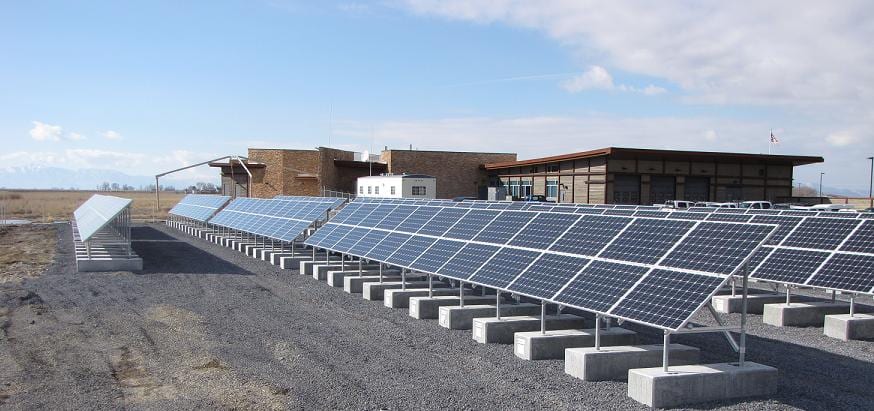Renewable energy accounted for a record 44.1% of Germany’s electricity production in the month of October, according to Germany Trade And Invest. The record is partly attributable to winter storms Xavier And Herwart.
Wind turbines contributed the bulk of that power, at 82.1 TWh, biomass contributed 40.1 TWh, solar systems contributed 37.5 TWh, and hydroelectric power contributed 16.84 TWh.
It’s incredible that we live in a time when something generally regarded as a nuisance, such as a storm can pay us back for the damage and other expenses it incurs!
The growth of energy storage in Germany is also helping them to utilize more of that cheap wind power that is being generated during these storms, as some of it may not be used otherwise.
The number of small home energy storage systems in Germany grew by an average of 113% per year since 2013, and utility-scale energy storage increased by tenfold in that period.
Energy storage is especially useful for ensuring that electricity demand can be met during peak hours, and that the grid can handle unexpected spikes in power demand, as well as unexpected falls in generation capacity due to stagnant winds or cloudy weather.
Energy storage also increases the maximum grid penetration that can be achieved using solar and wind power, as their variability requires a backup base load power source (a power plant that generates a minimum amount of electricity all year, which is often augmented by peaker power plants) such as natural gas to keep the lights on (if solar and wind power plants continue to be constructed in the centralized manner that they currently are, that is).
A solar/wind-powered grid backed by energy storage can provide solar or wind power even during cloudy or low-wind periods, as energy storage systems are online 24/7. The use of energy storage comes at a price.
However this can be reduced by decentralizing energy production so that you can have many small power plants to back each other up, instead of a single point of failure such as a large solar power plant that causes widespread blackouts during cloudy periods.








